
Review on Intel Core i7-4790K CPU (8M Cache, up to 4.40 GHz) - BX80646I74790K by Adam Nowak ᠌

I am very happy with this purchase, I will advise everyone!
4790k works in msi z97 gaming 9 ac, noctua u14s, kingston 16 gb hyper x 1600, msi n780 lighting, plextor m5pro 256gb. Everything is installed in the NZXT phantom 630 case (case fans run at a minimum). The system is designed for home multimedia station (HD movies, games, MMO games, internet surfing). After running the tests, it was concluded that the system did not need to be overclocked, since not a single performance drop was detected. Under load, ALL 4 cores operate at 4.2-4.4 GHz. The temperature was measured using the real temp program. The minimum temperature of the processor is 28C, the maximum is 61C (after 4 hours of running crisis 3 on ultra settings). Ten times running 3d mark 11 and fire strike warmed up the processor to 57C. Stress tests were not performed, because I don't see any practical need for them. Yes, and if you wish - you can break the titanium ball . As a result, the main goals of assembling the system at 4790k, namely, reliable and stable operation of the system at default, no lags, performance sags and minimal system noise, were achieved.
- 1. Top performance. At the moment, 4790k is the leader in terms of the specific performance of a single core at default frequencies. 2. Surprisingly - the processor is cold. 3. Lower power consumption compared to top processors AM3+ and s2022. 4. A Z97 motherboard is required, but this is a plus, not a minus, since the chipset has the widest functionality and prospects.
- 1. A subjective internal unpleasant feeling caused by criticism of the thermal interface, which spread on the network even before the appearance of the processor in retail (in practice, fears were not confirmed - 100% stability. No throttling, no blue screens, no freezes). 2. All the same, since the 2600k, Intel has been following the path of evolution, not revolution. Yes, the hasswell overclocking is not so bright compared to the 5GHz + in the sandy bridge, but the performance is no longer growing linearly with overclocking. New architecture, improved process technology and support for new instructions do the trick.
New products
Comments (0)
Top products in 🧰 Computer Internal Components
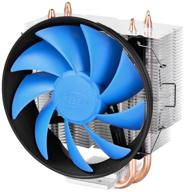
Deepcool GAMMAXX 300 CPU cooler, silver/black/blue

166 Review
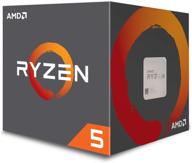
🔋 Power Up Your Gaming Rig with AMD Ryzen 5 2600 Processor with Wraith Stealth Cooler - YD2600BBAFBOX

116 Review
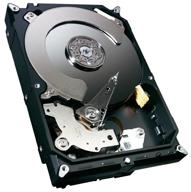
Seagate Barracuda 1TB HDD ST1000DM003

93 Review

Unleash High-Performance with AMD Ryzen 5 3600XT Processor & Wraith Spire Cooler

223 Review
Another interesting products

Comprehensive 500pcs Laptop Screw Kit Set for 🔩 IBM HP Dell Lenovo Samsung Sony Toshiba Gateway Acer

12 Review
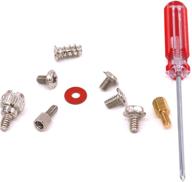
Glarks 660 Pieces Phillips Assortment Motherboard

10 Review
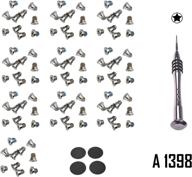
🔧 Premium Repair Replacement Screws & Tools for MacBook Pro Retina 15"/13" - Complete Bottom Case Set

10 Review
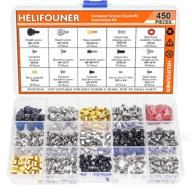
🖥️ Helifouner 450-Piece Computer Standoffs Spacer Screws Kit: Ideal for Hard Drive, Motherboard, Fan, Power Graphics & Computer Cases

10 Review

